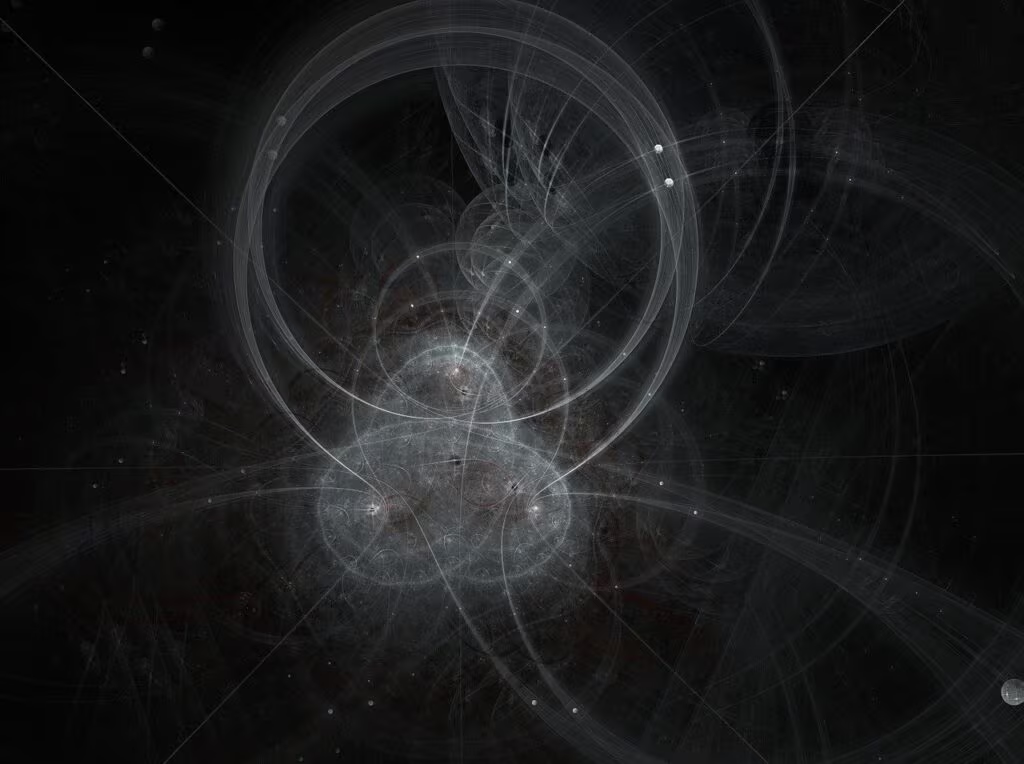The Cosmic Veil: Seeking the Universe’s True Beginning
For decades, the Big Bang theory has stood as the bedrock of modern cosmology, successfully describing the evolution of the universe from a hot, dense state to the vast cosmos we observe today. However, this monumental theory contains a critical, unresolved flaw: the initial singularity. This is the point where our current understanding of physics—specifically Albert Einstein’s General Theory of Relativity—breaks down, unable to describe the moment of creation or what preceded it.
Now, a new mathematical interpretation of Einstein’s foundational field equations offers a tantalizing path around this roadblock. Researchers propose that by viewing these equations through a different mathematical lens, they can eliminate the singularity, potentially allowing physicists to model the state of the universe before the Big Bang event and reveal a continuous cosmic history.
The Singularity Problem: Where General Relativity Fails
Einstein’s General Relativity (GR) describes gravity as the curvature of spacetime caused by mass and energy. GR is incredibly accurate for describing large-scale phenomena, from planetary orbits to the expansion of the universe. Yet, when applied to the extreme conditions at the very beginning of time, it predicts a singularity—a point of infinite density, infinite curvature, and zero volume.
At this point, the mathematical framework of GR collapses. Concepts like time and space, as we understand them, cease to exist, and the equations yield nonsensical results. This breakdown is not a physical prediction but a limitation of the theory itself, signaling that a more comprehensive theory of quantum gravity is required to fully understand the universe’s origin.

Rethinking Einstein: The New Mathematical Framework
The novel approach does not seek to replace General Relativity, but rather to re-express it using alternative mathematical coordinates or geometric structures. The core idea is to find a way to describe the universe’s geometry that avoids the infinite values associated with the singularity.
In standard cosmology, the universe’s history is often traced back to $t=0$. The new framework suggests that by transforming the coordinates used to map spacetime, the singularity can be mathematically smoothed out, revealing a continuous, non-singular transition.
This reinterpretation implies that the Big Bang may not have been a true beginning from nothing, but rather a cosmic transition—a moment of maximum compression followed by expansion. This concept is central to the Big Bounce hypothesis.
Key Features of the New Interpretation:
- Singularity Avoidance: The mathematical structure inherently prevents the density and curvature of spacetime from reaching infinite values.
- Continuous History: It allows for the modeling of a preceding phase of the universe, suggesting that our current expansion phase was preceded by a contraction phase.
- Preservation of GR: The new framework remains consistent with General Relativity under normal conditions (i.e., far away from the singularity).
Implications: From Big Bang to Big Bounce
If this mathematical reinterpretation holds up under scrutiny and can be linked to observable phenomena, the implications for cosmology are profound. It shifts the paradigm from a universe created from a singular point to a potentially cyclical universe—one that contracts until it reaches a minimum size (the Big Bounce) and then expands again.
This cyclical model, often explored in theories like Loop Quantum Cosmology (LQC), resolves the conceptual difficulty of having time start at a specific moment. Instead, time is eternal, flowing through cycles of contraction and expansion.

While this research is currently theoretical, the goal is to find subtle, testable predictions that distinguish the Big Bounce scenario from the standard Big Bang model. These predictions might involve anomalies in the Cosmic Microwave Background (CMB) radiation—the faint afterglow of the Big Bang—that carry the imprint of the universe’s previous phase.
Expert Perspective: Bridging Quantum and Classical Physics
This work highlights the ongoing effort to reconcile General Relativity (the theory of the very large) with Quantum Mechanics (the theory of the very small). The singularity is fundamentally a quantum problem, and while this new approach is rooted in classical GR, its success in resolving the singularity suggests a potential pathway toward a unified theory of quantum gravity.
By demonstrating that the singularity might be an artifact of the mathematical description rather than a physical reality, physicists are taking a crucial step toward understanding the true nature of spacetime at the earliest moments of existence.

Key Takeaways
This new look at Einstein’s equations represents a significant development in theoretical cosmology:
- Core Problem Addressed: The approach aims to solve the Big Bang singularity, the point where current physics breaks down.
- Methodology: It involves a novel mathematical reinterpretation or coordinate transformation of Einstein’s General Relativity equations.
- Cosmic Model Shift: The successful resolution of the singularity supports the Big Bounce hypothesis, suggesting the universe underwent a previous contraction phase.
- Future Work: Researchers must now search for observable evidence, likely within the Cosmic Microwave Background, that confirms this pre-Big Bang history.
Conclusion and Future Research
For the reader seeking to understand the universe’s ultimate origin, this research offers hope that the mystery of the “before the Big Bang” era may soon move from philosophical speculation to scientific inquiry. By demonstrating that the mathematical tools we already possess—Einstein’s equations—can be manipulated to describe a non-singular beginning, physicists have opened a new avenue for exploration.
The next critical step for the scientific community is to integrate these findings with established quantum theories and develop testable predictions. If successful, this new mathematical perspective could fundamentally rewrite the first chapter of cosmic history, revealing a universe that is not only expanding but potentially eternal and cyclical.
Original author: Dr. Alfredo Carpineti
Originally published: November 22, 2025
Editorial note: Our team reviewed and enhanced this coverage with AI-assisted tools and human editing to add helpful context while preserving verified facts and quotations from the original source.
We encourage you to consult the publisher above for the complete report and to reach out if you spot inaccuracies or compliance concerns.

